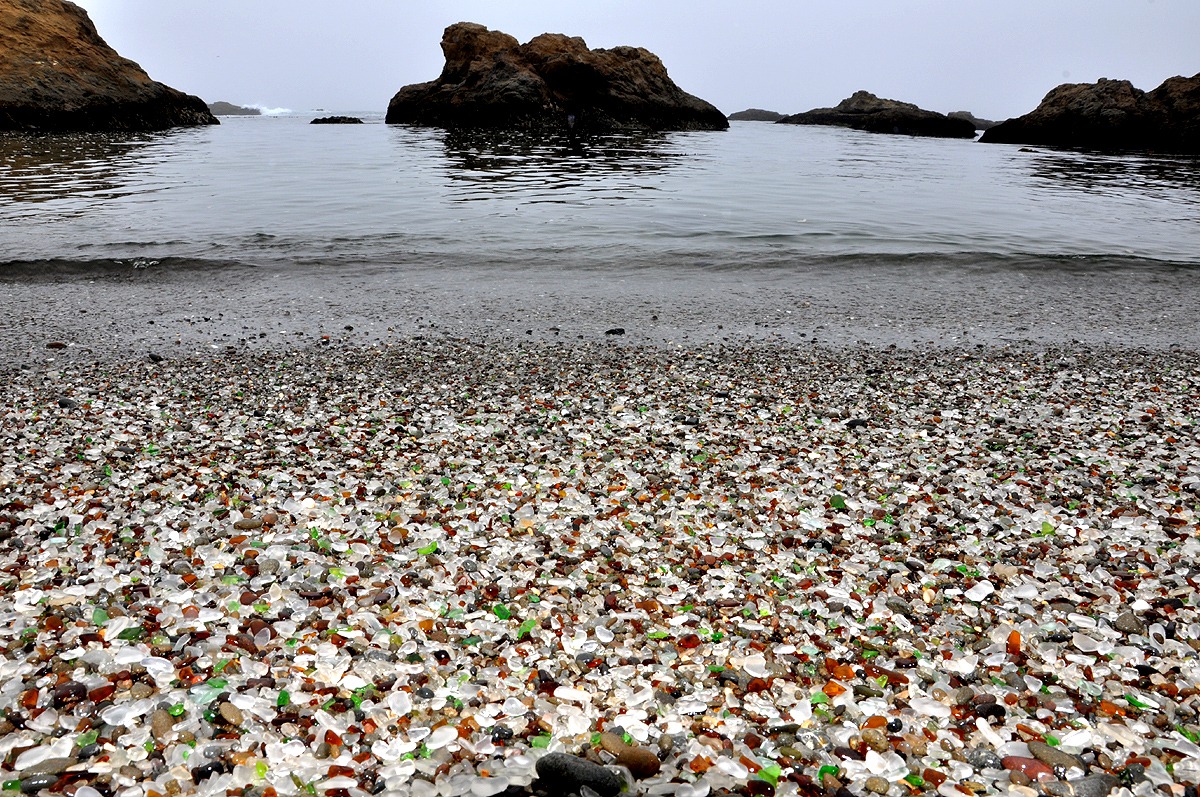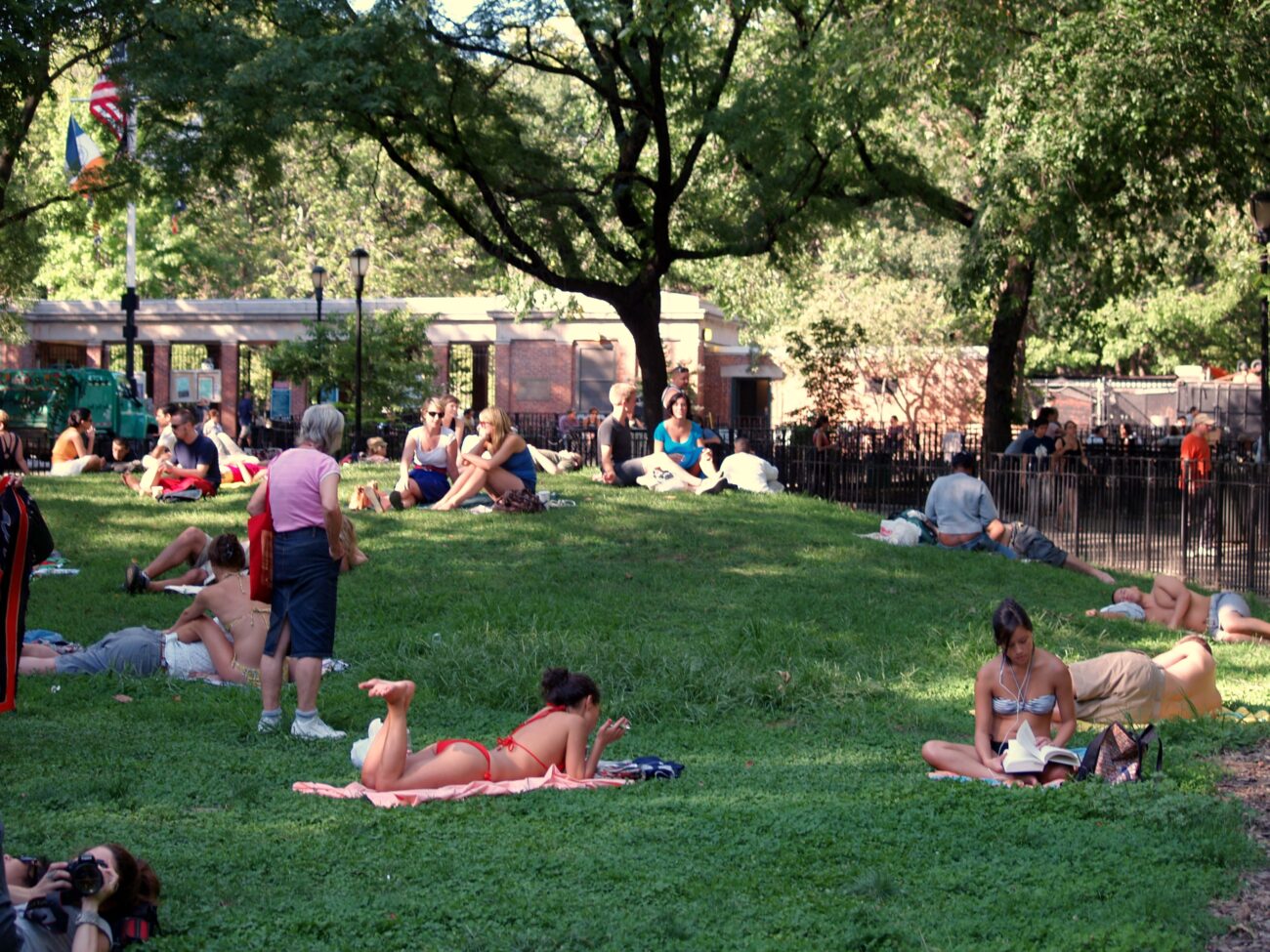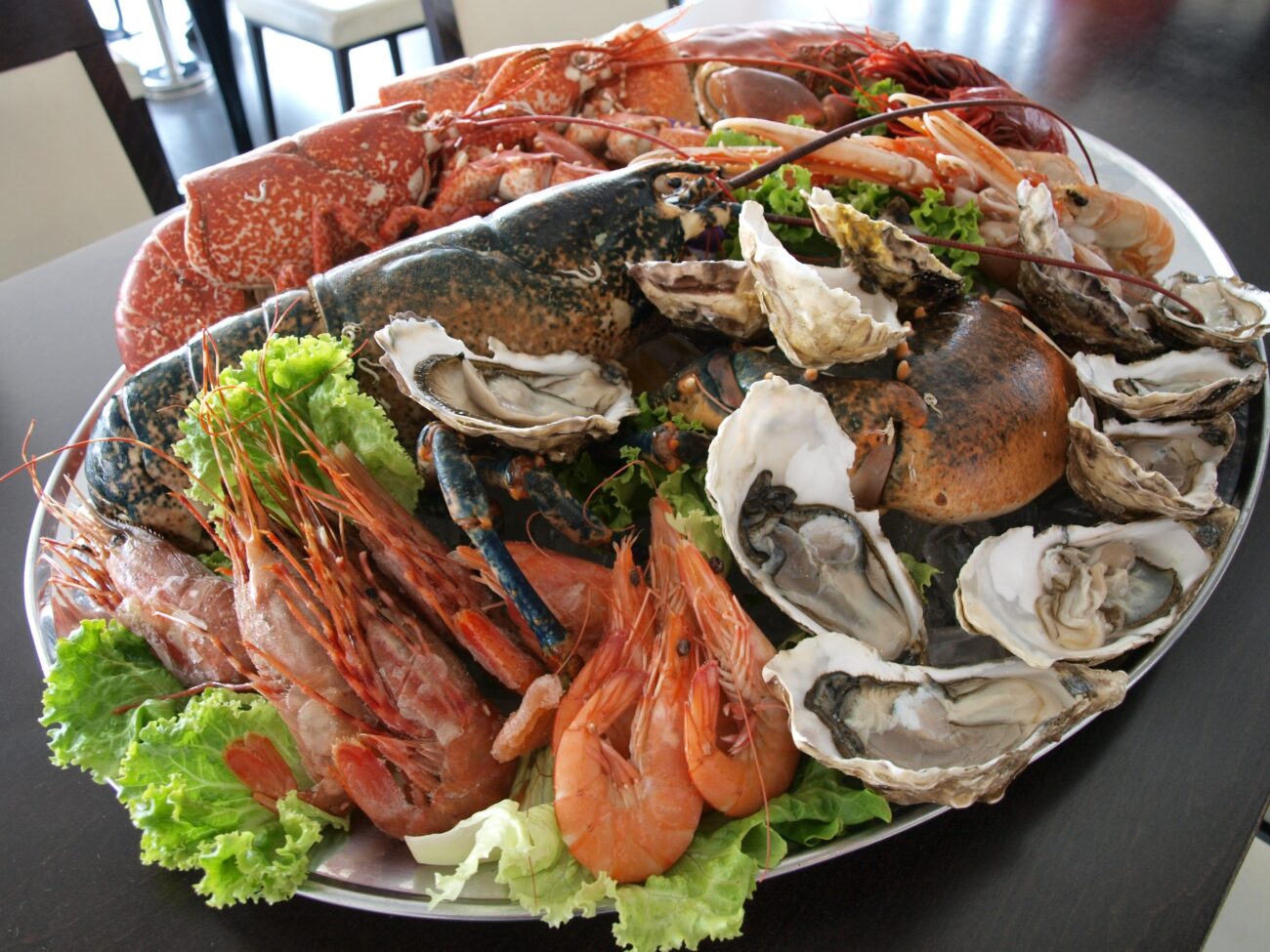HGTV.com recently crowned Glass Beach as California’s must-see roadside attraction, validating what Northern California travelers have quietly known for decades. This Fort Bragg shoreline transforms environmental disaster into a shimmering spectacle—colorful sea glass carpets stretch along the Mendocino Coast where decades of municipal dumping once scarred the landscape.
The recognition feels overdue for a place that proves nature’s ability to polish human mistakes into something beautiful.
From Trash to Treasure
Ocean waves spent fifty years transforming Fort Bragg’s former city dump into a kaleidoscope shoreline.
Glass Beach earned its name through patient environmental alchemy. From 1906 until 1967, Fort Bragg residents tossed everything from bottles to household appliances into “The Dumps”—three different locations that served as the city’s primary waste site. Cars, glass, ceramics, and debris accumulated for over half a century.
When dumping ceased in 1967, cleanup crews hauled away the large refuse, leaving smaller glass fragments behind. Pacific waves tumbled these remnants for decades, grinding sharp edges into smooth, gem-like pebbles. The ocean essentially gave Fort Bragg a do-over, creating multicolored treasure from municipal trash.
Essential Glass Beach Details:
- Access: Park at Noyo Headlands Park lot, follow Coastal Trail to shoreline
- Best timing: Low tide reveals the most sea glass
- Rules: Photography encouraged, collecting prohibited
- Amenities: Restrooms and picnic facilities at trailhead
- Pet policy: Leashed dogs welcome
Conservation Success Story
State park protection ensures future generations can witness this accidental environmental art installation.
Today’s Glass Beach operates as part of MacKerricher State Park, where conservation efforts protect the site from souvenir hunters. Signs remind visitors that removing sea glass threatens the beach’s future—without constant replenishment from past debris, collected pieces can’t be replaced.
“The site represents nature’s resilience and our responsibility to preserve these unique places,” according to the Mendocino Land Trust, which helped coordinate the transformation from eyesore to attraction. Tidepooling adds another layer to visits, with crabs and sea anemones visible during low tide.
The HGTV recognition arrives as California coastal tourism rebounds, potentially drawing new crowds to this three-hour drive north of San Francisco. Glass Beach proves that sometimes the most compelling destinations emerge from our willingness to clean up past mistakes and let nature work its slow magic.


















